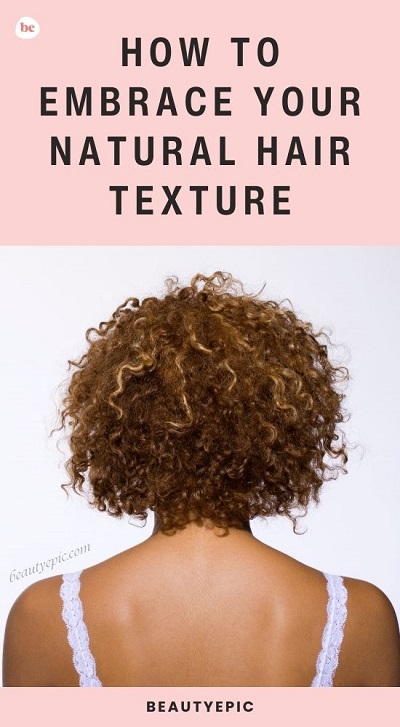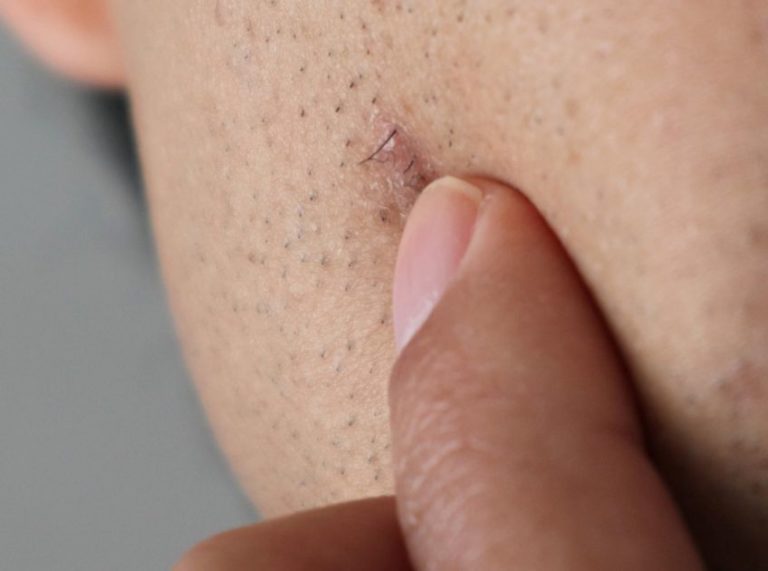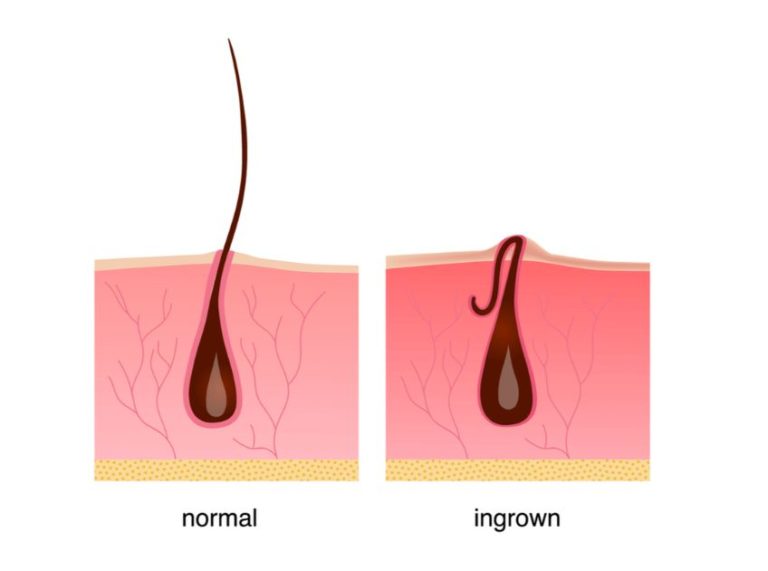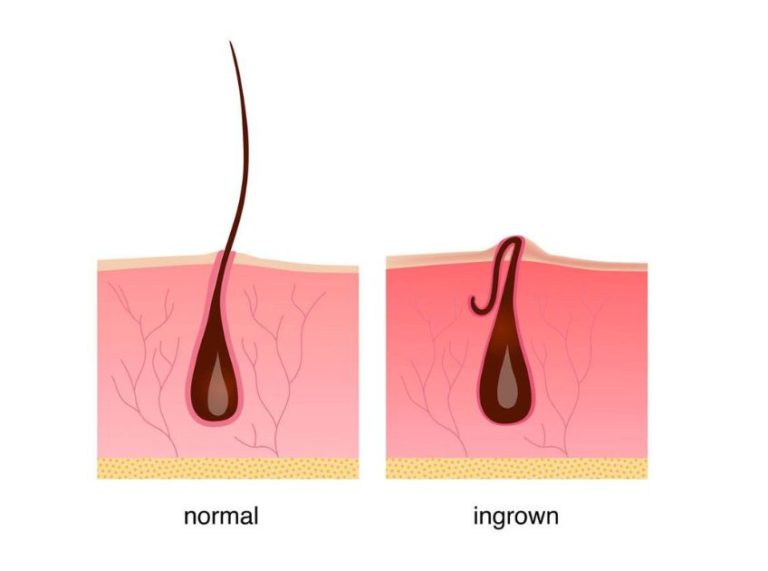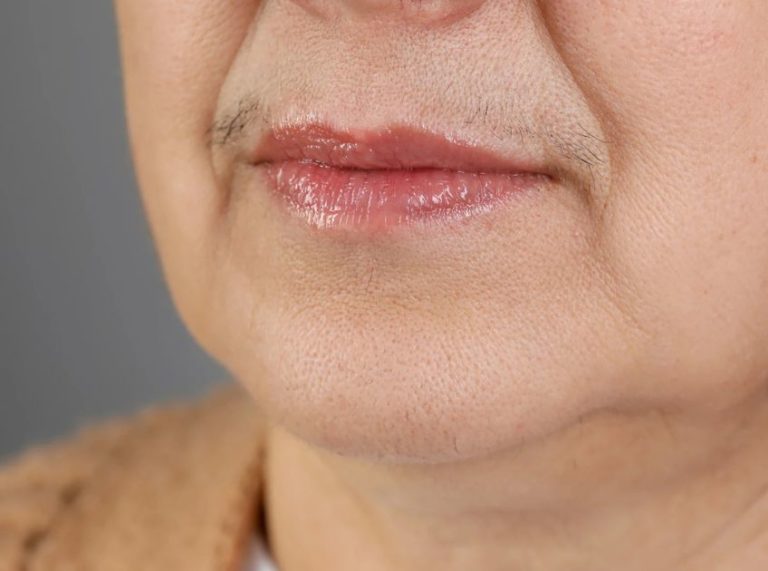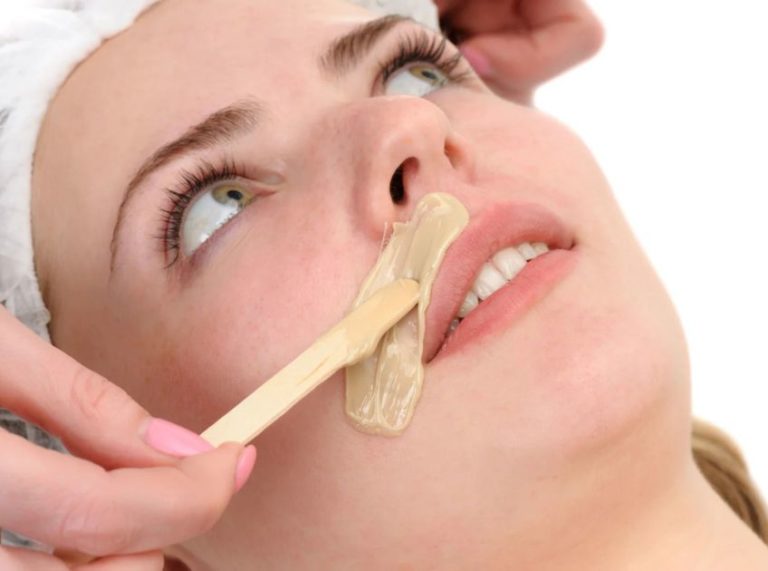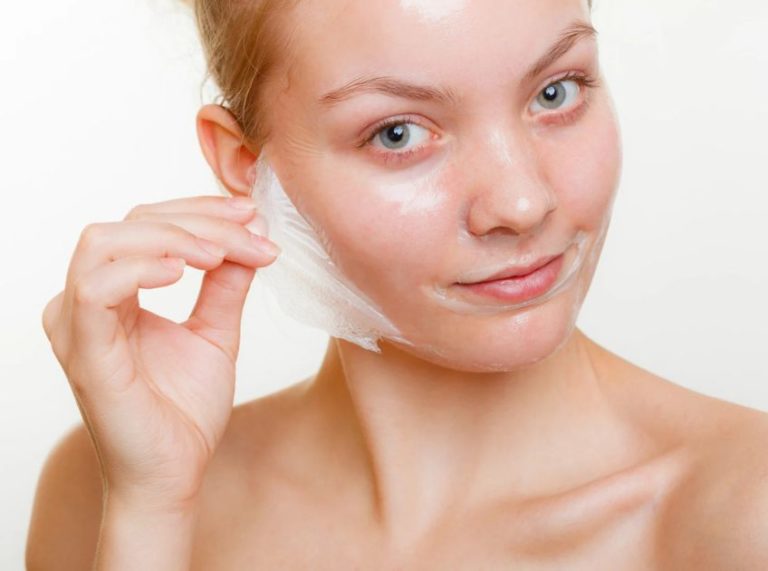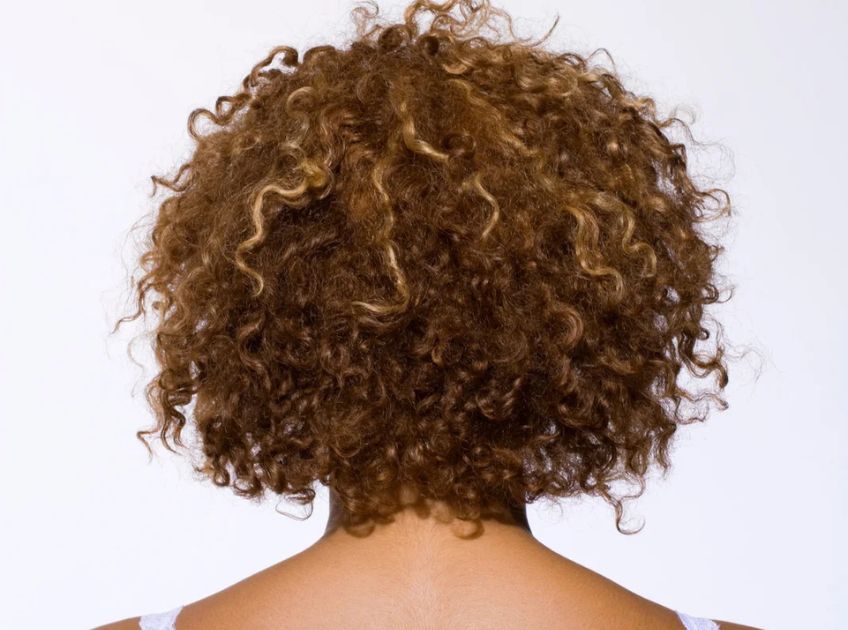
Important: This article is for informational purposes only. Please read our full disclaimer for more details.
Your natural hair texture is unique and beautiful, whether it’s curly, straight, or wavy. Embracing it means working with its natural pattern instead of forcing it into something it’s not. With the right care, you can enhance your hair’s natural beauty, reduce damage, and build confidence in your authentic look.
Caring for Naturally Curly Hair
Curly hair is beautiful, but it can be high-maintenance due to its tendency to dry out and frizz. Its spiral shape makes it harder for natural oils to travel down the strands, leaving the ends more vulnerable.
- Cleanse gently: Use sulfate-free shampoos or co-washes to retain natural oils. Wash no more than 2–3 times a week to avoid stripping moisture.
- Deep condition regularly: Apply a hydrating mask or deep conditioner at least once a week to maintain elasticity and reduce breakage.
- Define curls: Use curl creams or gels that provide hold without stiffness. Scrunch hair upward to enhance natural curl patterns.
- Protect while drying: Air-dry whenever possible or use a diffuser on low heat to reduce frizz and maintain shape.
- Night care: Sleep on a satin or silk pillowcase to minimize friction that leads to tangles and frizz.
Expert Insight: Research in the Journal of Cosmetic Science emphasizes that oils with small molecular sizes, such as coconut oil, are most effective at penetrating curly hair to reduce protein loss and improve softness (1)(2).
Enhancing Naturally Straight Hair
Straight hair naturally reflects light, which gives it a shiny appearance, but it also comes with its challenges, like limpness or oiliness. Since the cuticle lies flat, natural oils distribute quickly, making the scalp greasy faster.
- Maintain scalp balance: Wash regularly with a gentle shampoo to remove excess oil while maintaining moisture.
- Use lightweight products: Opt for volumizing or balancing conditioners to avoid weighing down fine strands.
- Add body: Incorporate a texturizing spray or mousse to prevent flatness and give movement to the hair.
- Protect ends: Even though straight hair looks smooth, it’s still prone to split ends. Use a light serum to protect against heat and environmental damage.
- Dry strategically: Blow-dry upside down for extra lift at the roots, or let hair air-dry to maintain natural sleekness.
Expert Note: Studies indicate that straight hair cuticles overlap tightly, reducing porosity and allowing more light reflection. However, this also means oils spread faster, requiring careful balancing between cleansing and conditioning (3).
Loving Your Naturally Wavy Hair
Wavy hair offers a mix of curl and straight patterns, making it versatile but sometimes unpredictable. It can frizz in humidity and lose definition without proper care.
- Hydrate consistently: Use moisturizing shampoos and conditioners that keep hair soft without making it greasy.
- Enhance waves: Apply a lightweight mousse, curl cream, or sea salt spray to bring out the natural “S” shape.
- Avoid heavy products: Thick oils and creams can weigh down waves, making them lose their bounce.
- Dry carefully: Air-dry or diffuse on low heat to maintain wave shape. Avoid rough towel-drying; instead, use a microfiber towel to prevent frizz.
- Refresh between washes: Lightly spritz hair with water or a leave-in conditioner to revive waves without over-washing.
Research Reference: The International Journal of Trichology suggests that humectants like glycerin and medium-weight conditioners work well to maintain wave definition while preventing dryness and frizz (4).
Frequently Asked Questions (FAQ’S)
1. Can I use the same products for all hair textures?
A. Not always. While some products like gentle shampoos work universally, curly, wavy, and straight hair benefit from tailored moisture and styling routines.
2. How do I transition from heat-styled hair to my natural texture?
A. Start reducing heat gradually, use deep conditioning treatments, and embrace protective hairstyles to allow your natural pattern to re-emerge.
3. Do natural hair textures change over time?
A. Yes, factors like hormones, aging, and chemical treatments can alter your hair’s pattern, requiring adjustments in your care routine.
Embracing your natural hair texture is all about understanding its unique needs and treating it with care. Whether you have curls, waves, or straight strands, nourishing products, gentle techniques, and consistent routines can help you highlight your hair’s natural beauty. Loving your natural texture is not just hair care—it’s self-care.
